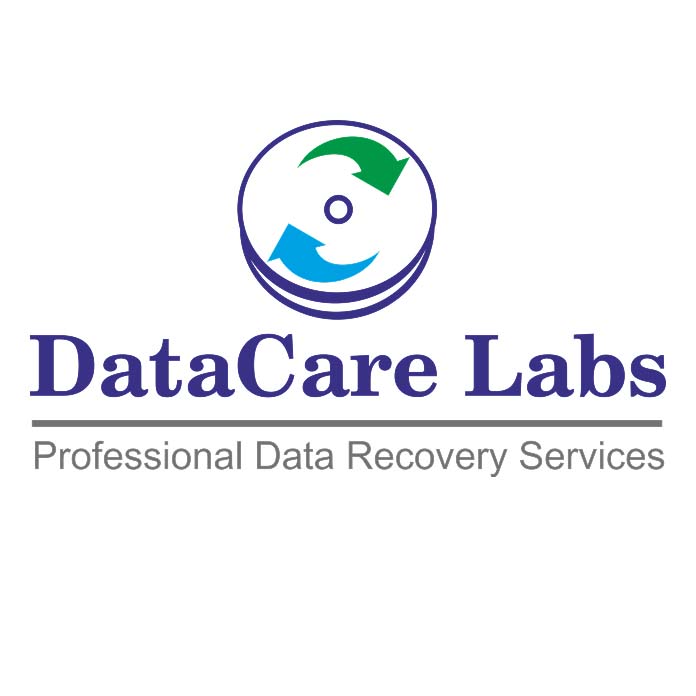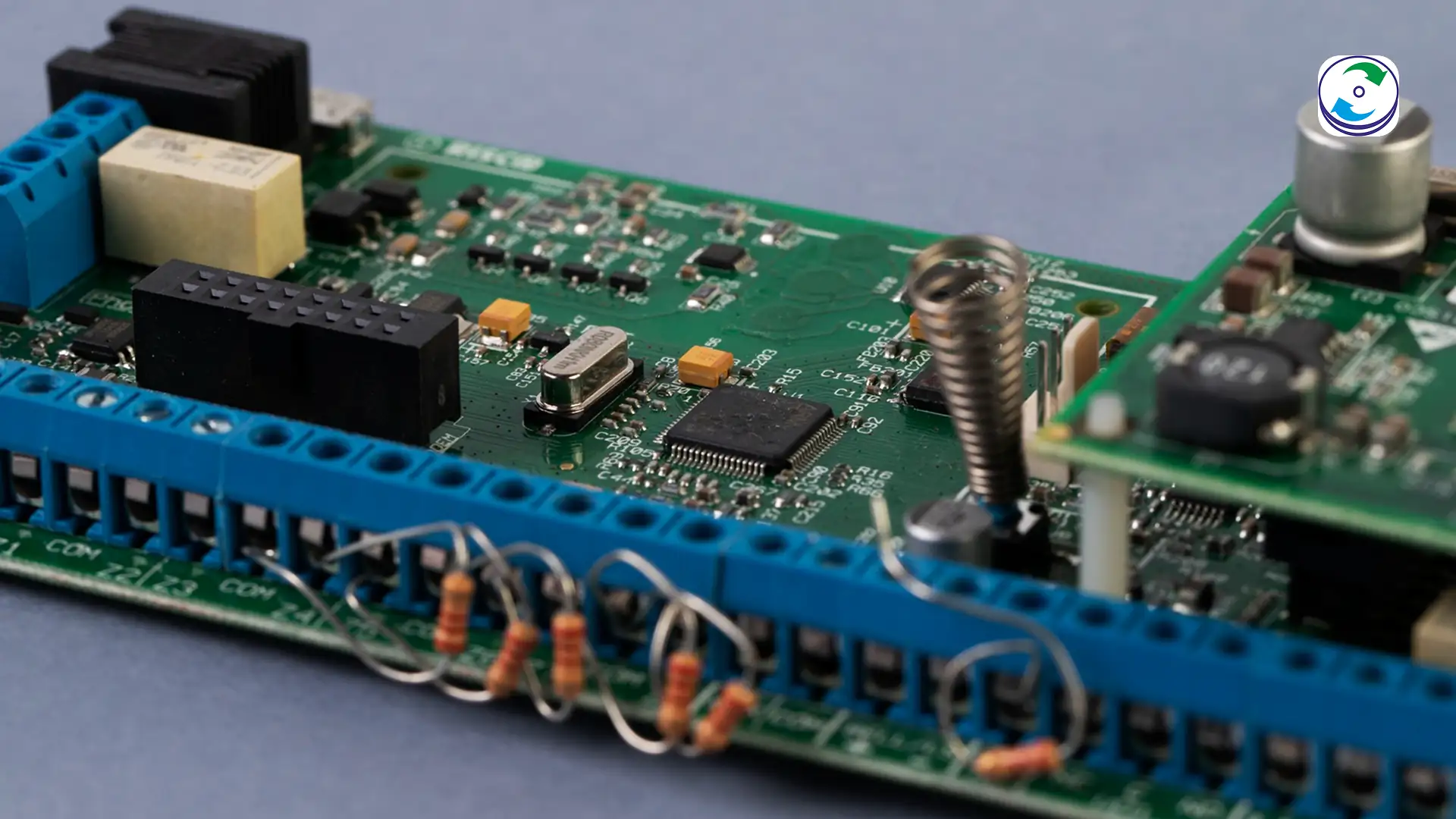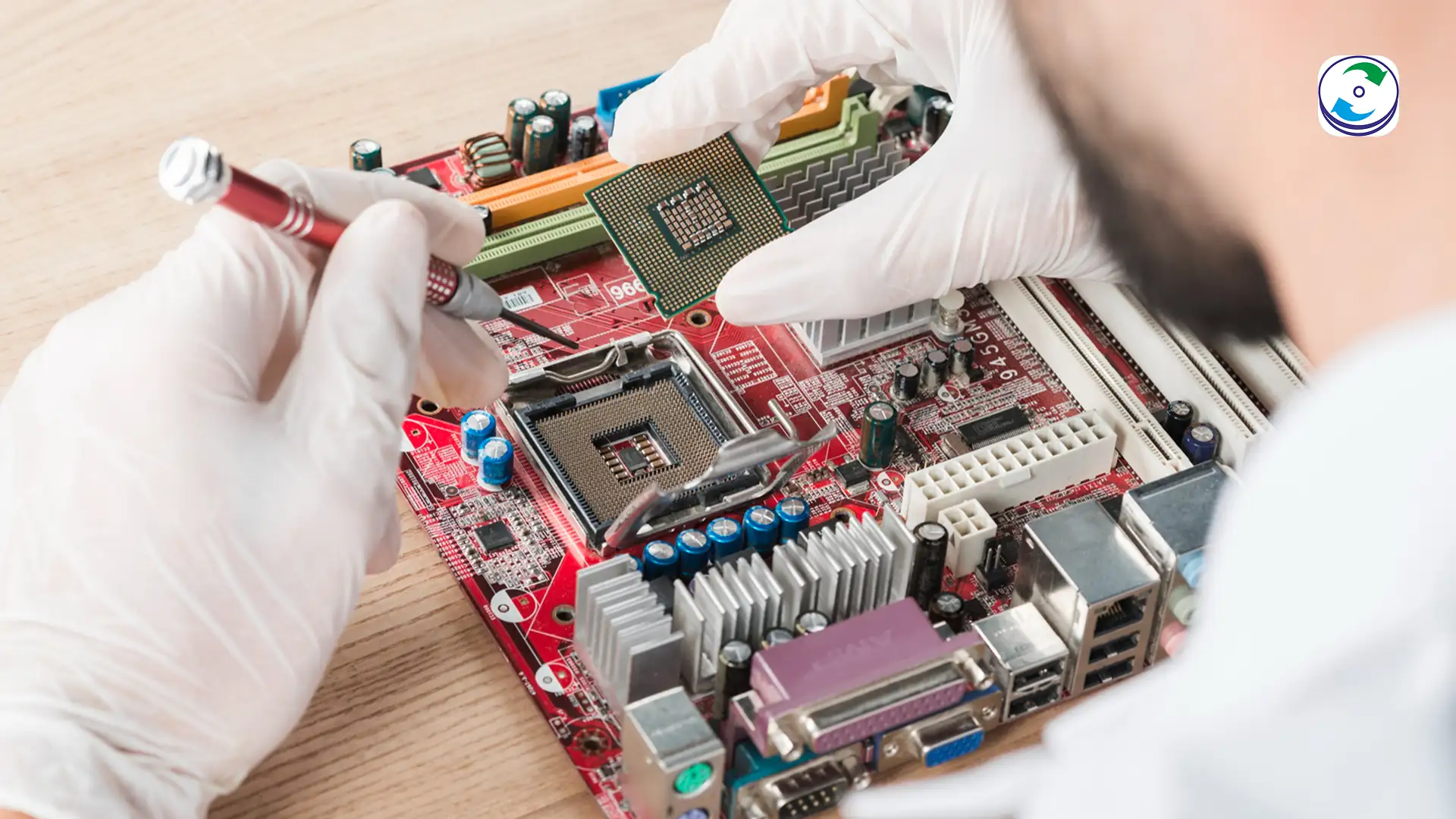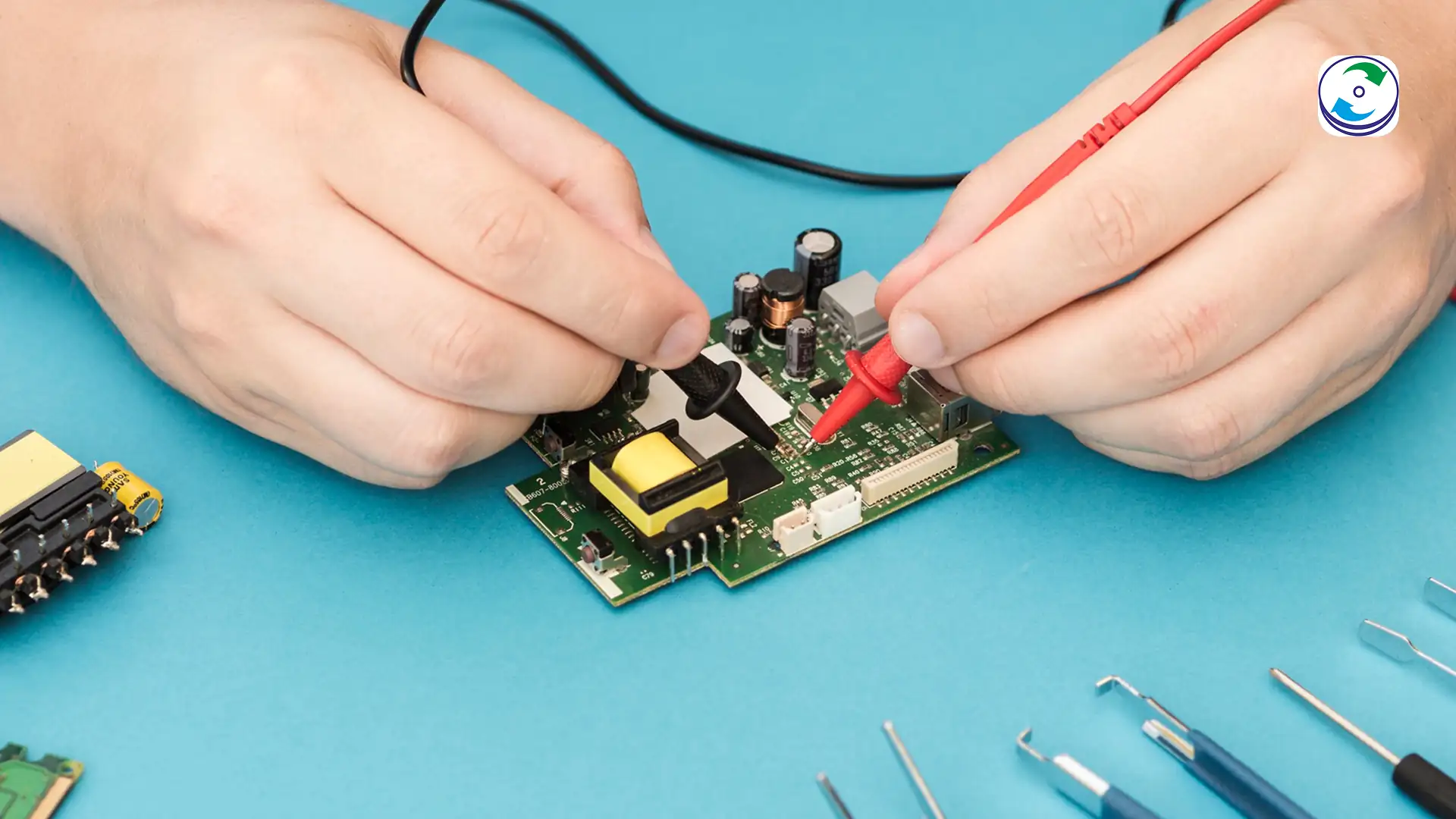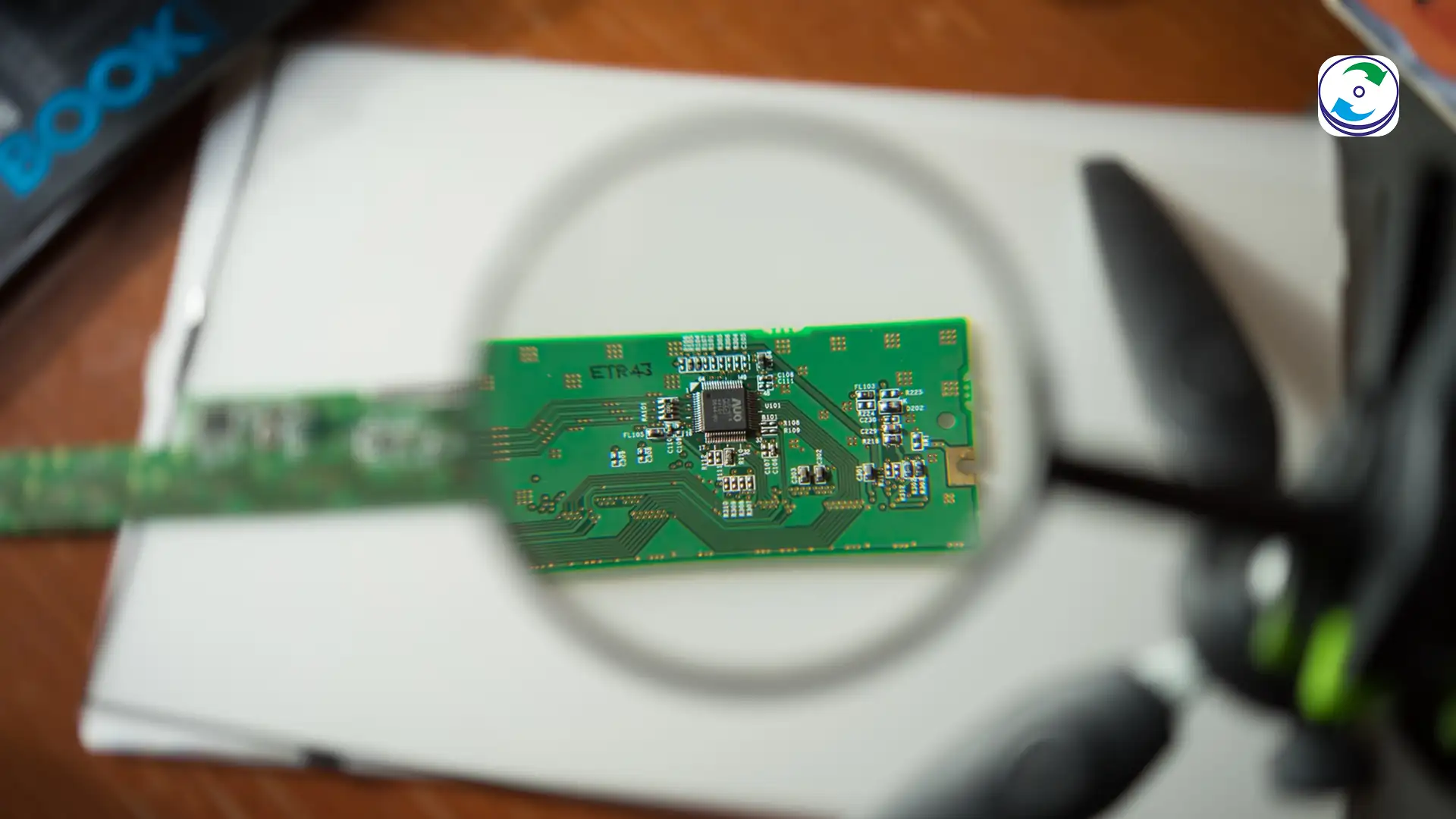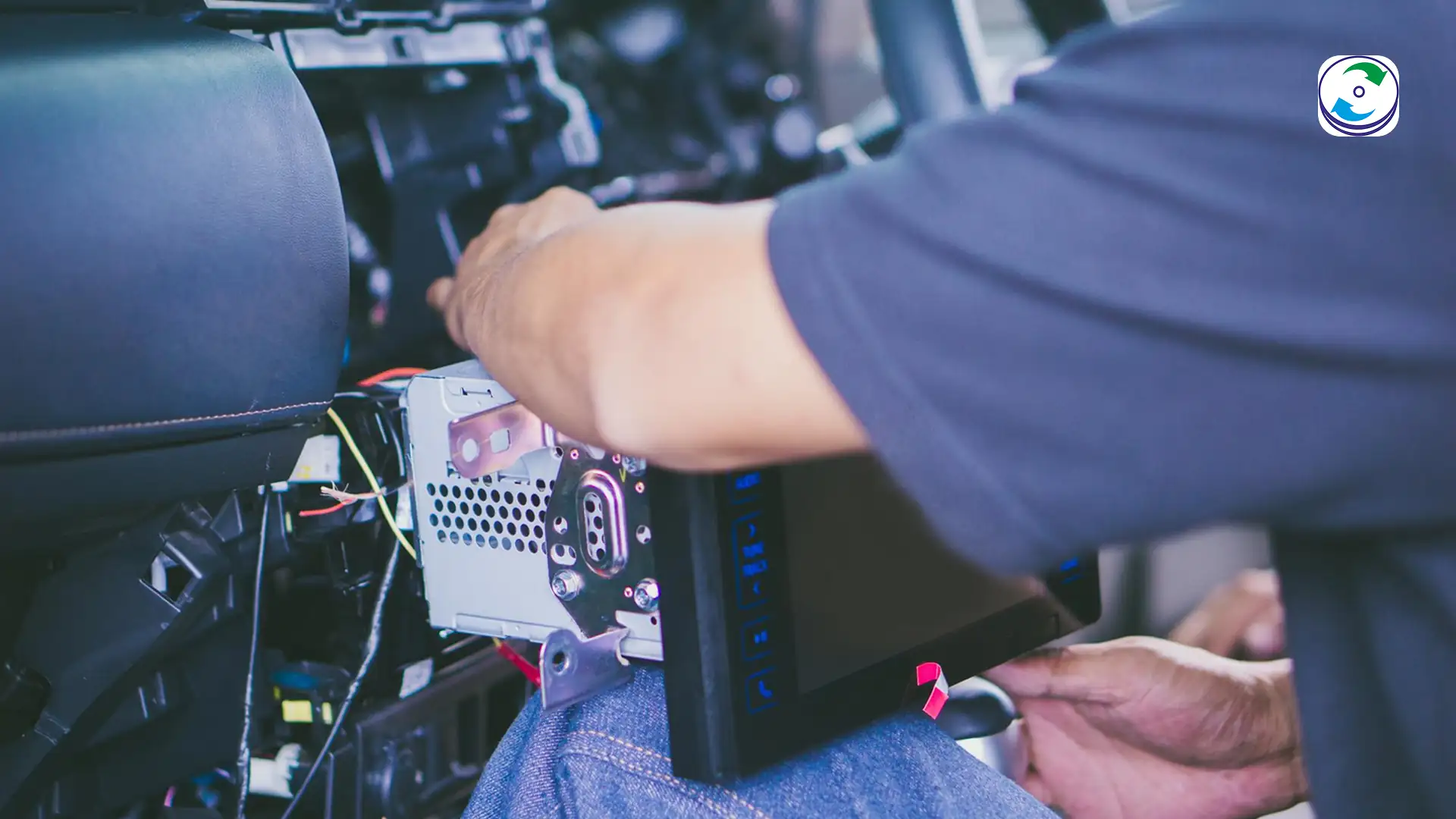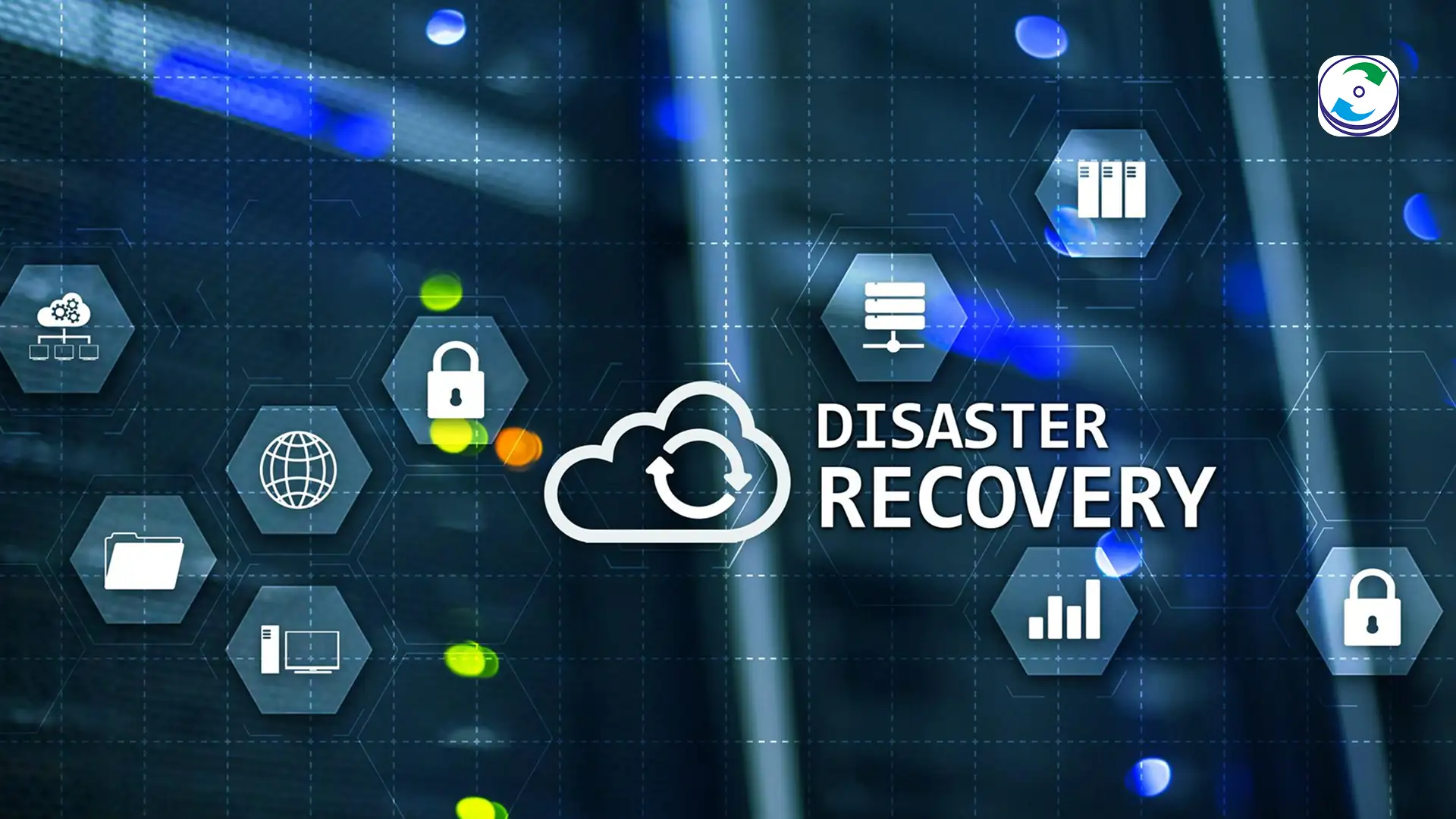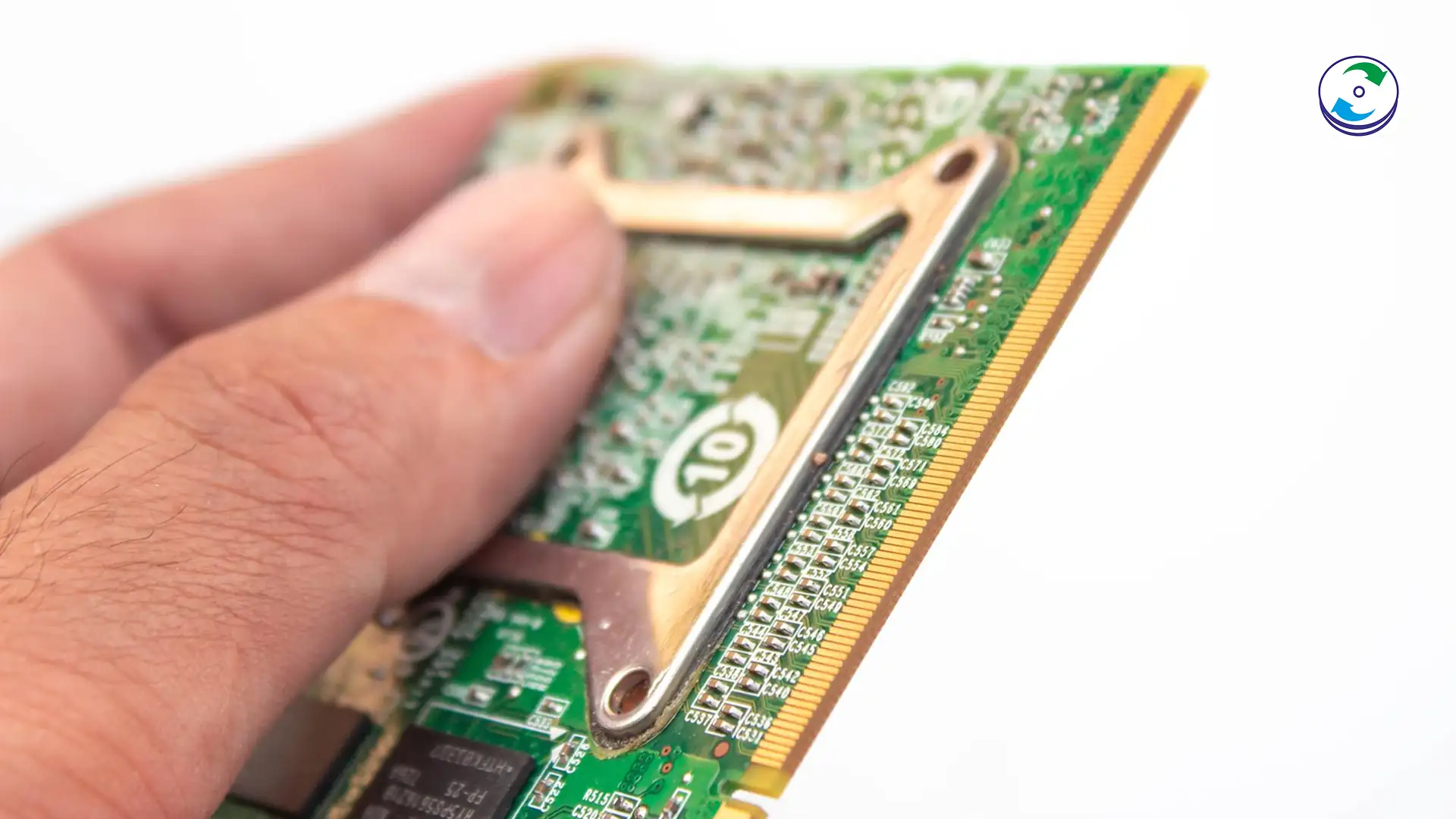SAN vs. NAS: Understanding the Key Differences for Your Business Data
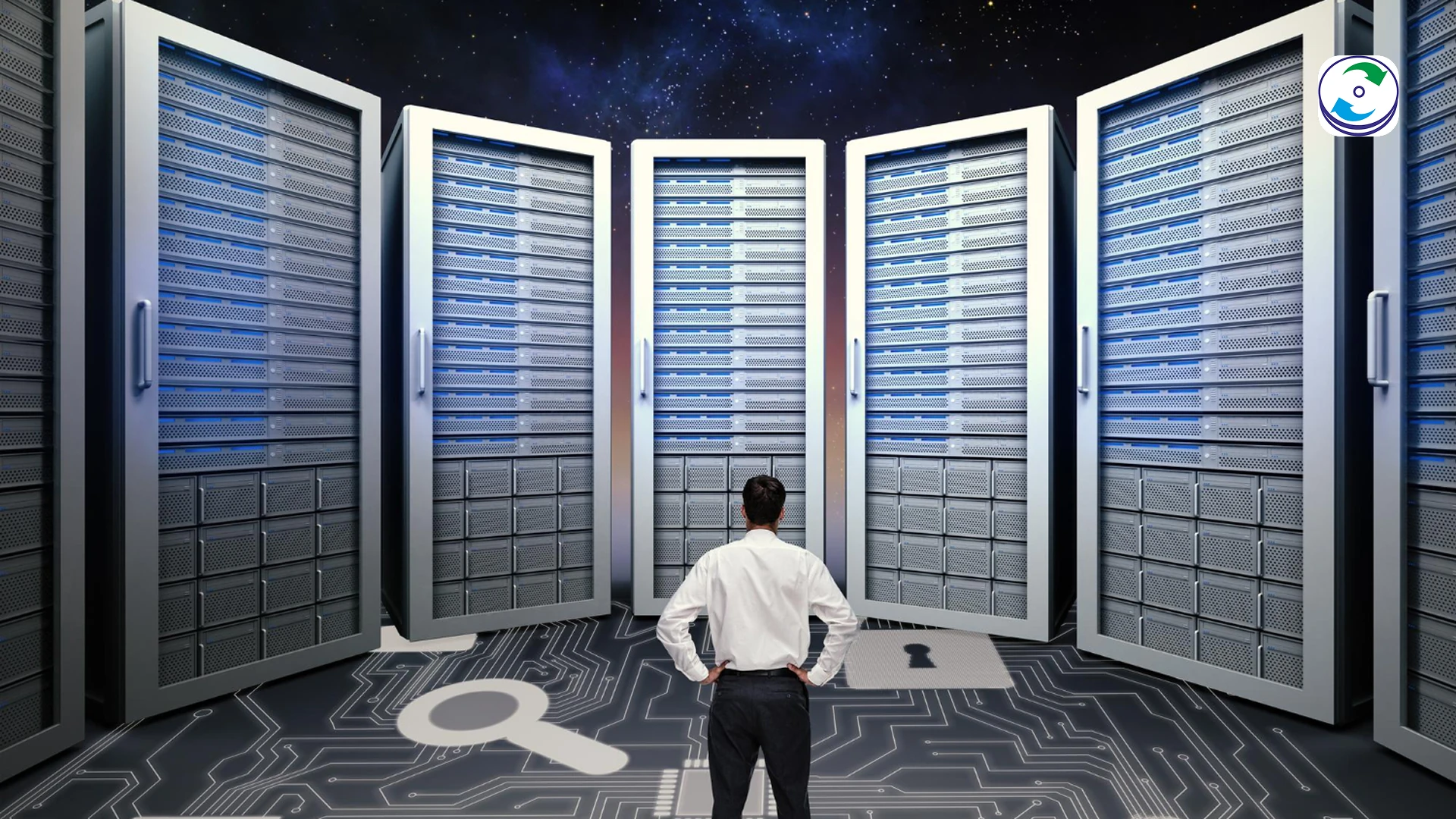
Introduction: Navigating the Storage Landscape – Why SAN and NAS Matter
In today’s data-driven business environment, particularly in growing tech hubs across India, efficient and reliable data storage is no longer a luxury but a fundamental necessity. As organizations accumulate vast amounts of information – from critical client databases and intricate design files to extensive multimedia assets – the choice of network storage architecture becomes paramount. Two acronyms frequently emerge in this discussion: SAN and NAS. While both serve the purpose of centralized data storage, they operate on fundamentally different principles, impacting performance, scalability, cost, and ultimately, your business’s ability to access and protect its vital information.
For businesses and IT professionals navigating the complexities of storage solutions in India, understanding the core distinctions between SAN vs. NAS is crucial. At DataCare Labs, while our expertise lies in comprehensive data recovery from complex storage systems, we also believe in empowering our clients with the knowledge to make informed storage decisions. This guide will delve deep into the key differences between SAN (Storage Area Network) and NAS (Network Attached Storage), helping you understand their unique characteristics, advantages, disadvantages, and typical use cases, thereby providing clarity on which solution might be the best fit for your organizational needs and how DataCare Labs remains your trusted partner when data loss inevitably occurs.
What is NAS (Network Attached Storage)?
NAS, or Network Attached Storage, is essentially a dedicated file storage server that connects directly to a standard Ethernet network. It acts like a centralized file server, allowing multiple users and client devices to access and share files over a local area network (LAN) or even remotely over the internet.
How NAS Works: File-Level Access
- Integrated OS: A NAS device has its own stripped-down operating system (often Linux-based) and dedicated hardware.
- File Sharing Protocols: It uses standard network file-sharing protocols like NFS (Network File System) for Unix/Linux systems and SMB/CIFS (Server Message Block/Common Internet File System) for Windows environments. These protocols allow clients to access files over the network as if they were on a local drive.
- Ethernet Connection: NAS connects to your existing network via standard Ethernet cables.
- Shared Folders: Users access data through shared folders, similar to how they would access folders on a desktop computer.
Key Characteristics and Advantages of NAS
- Simplicity and Ease of Use: NAS systems are generally easier to set up, configure, and manage compared to SANs. They often come with user-friendly web interfaces.
- Cost-Effectiveness: For small to medium-sized businesses, NAS is typically a more affordable solution, offering a good balance of capacity and performance for file sharing.
- File-Level Access: Data is accessed at the file level, making it ideal for collaborative work, document sharing, and general file storage.
- Scalability: NAS systems can be scaled by adding more drives to the existing enclosure or by adding more NAS devices to the network.
- Versatility: Many modern NAS devices offer additional functionalities like media serving, surveillance station capabilities, cloud synchronization, and even running virtual machines.
Disadvantages and Typical Use Cases for NAS
- Performance Bottlenecks: Because NAS relies on your existing Ethernet network, it can experience performance bottlenecks if the network is congested or if demanding applications require high I/O (Input/Output) operations.
- Not Ideal for High-Performance Applications: It’s generally not suitable for demanding applications like large-scale databases, virtual machine environments with high I/O needs, or video editing requiring direct block access.
- Use Cases:
- Centralized file sharing and collaboration for offices.
- Data backup and archiving for small to medium-sized businesses.
- Media streaming and serving for home and small office environments.
- Shared storage for less I/O-intensive applications.
SAN, or Storage Area Network, is a high-speed, specialized network dedicated solely to providing block-level storage to servers. Unlike NAS, which provides file-level access, SAN provides direct access to raw storage blocks, making it appear to servers as if the storage is directly attached.
How SAN Works: Block-Level Access
- Dedicated Network: SANs typically use a separate, high-speed network infrastructure, most commonly Fibre Channel (FC) or sometimes iSCSI (Internet Small Computer System Interface) over Ethernet.
- Block-Level Storage: Servers connect to the SAN and are presented with raw storage blocks (logical unit numbers or LUNs), which they can then format and manage as if they were local hard drives.
- Protocol: FC is a very high-speed protocol designed specifically for storage, while iSCSI encapsulates SCSI commands over standard Ethernet.
- Storage Processors: SAN systems involve dedicated storage arrays with intelligent controllers that manage the storage and serve blocks to connected servers.
Key Characteristics and Advantages of SAN
- High Performance: SANs offer extremely high performance and low latency, making them ideal for mission-critical applications that demand rapid data access and high I/O throughput.
- Block-Level Access: This allows applications to access data directly at the block level, which is crucial for databases, virtual machine environments, and transactional systems.
- Scalability and Flexibility: SANs are highly scalable, allowing for the addition of vast amounts of storage and the flexibility to provision storage dynamically to multiple servers.
- Fault Tolerance and Redundancy: SAN architectures are built with redundancy at multiple levels (controllers, paths, power supplies) to ensure high availability and disaster recovery capabilities.
- Centralized Storage Management: Provides a single point of management for large-scale storage resources.
Disadvantages and Typical Use Cases for SAN
- Complexity and Cost: SANs are significantly more complex to design, implement, and manage, often requiring specialized skills. This complexity translates to a higher initial investment and ongoing maintenance costs.
- Dedicated Infrastructure: Requires dedicated networking hardware (Fibre Channel switches, HBAs – Host Bus Adapters) or a robust iSCSI-optimized Ethernet network.
- Use Cases:
- Large-scale databases (SQL, Oracle).
- Virtualization environments (VMware, Hyper-V) with many virtual machines.
- High-performance computing (HPC) and big data analytics.
- Video editing and production environments requiring direct, high-speed access to raw media files.
- Enterprise-level applications demanding maximum uptime and performance.
SAN vs. NAS: A Side-by-Side Comparison (Key Differences)
| Feature | NAS (Network Attached Storage) | SAN (Storage Area Network) |
|---|---|---|
| Access Level | File-level access (folders) | Block-level access (raw disk space, LUNs) |
| Network Protocol | TCP/IP (SMB/CIFS, NFS) | Fibre Channel (FC), iSCSI |
| Connectivity | Standard Ethernet (LAN) | Dedicated Fibre Channel network, or high-speed Ethernet (iSCSI) |
| Cost | Generally lower | Generally higher |
| Complexity | Simpler to set up and manage | More complex to design, implement, and manage |
| Performance | Good for file sharing; can be bottlenecked by LAN | Very high performance, low latency |
| Scalability | Scalable, but performance can degrade | Highly scalable with consistent performance |
| Ideal Use Cases | File sharing, backups, media serving | Databases, virtualization, high-performance computing |
| Operating System View | Appears as a network share | Appears as a local drive to the server |
The Intersection with Data Recovery: Why DataCare Labs is Your Expert Partner
Regardless of whether your organization utilizes NAS or SAN, the risk of data loss remains. Hardware failures, human error, software corruption, and natural disasters can all lead to devastating data loss incidents. This is where the specialized expertise of DataCare Labs becomes invaluable.
NAS Data Recovery Challenges:
- RAID Configuration Complexity: Many NAS devices use RAID arrays, and when multiple drives fail or the RAID configuration becomes corrupted, recovering data requires deep knowledge of various RAID levels.
- Proprietary File Systems: Some NAS vendors use proprietary file systems or customizations that make direct data extraction challenging without specialized tools.
- Firmware Corruption: NAS devices can experience firmware corruption that renders them inaccessible.
SAN Data Recovery Challenges:
- Enterprise-Grade Complexity: SAN environments are highly complex, often involving multiple storage arrays, virtualization layers, and intricate configurations.
- Virtualization Layers: Recovering data from virtual machines hosted on a SAN requires expertise in both the underlying SAN technology and the virtualization platform (e.g., VMware, Hyper-V).
- High-End Storage Arrays: DataCare Labs has experience working with high-end enterprise storage arrays from various vendors.
- Fiber Channel/iSCSI Protocol Understanding: Our engineers are proficient in recovering data from systems utilizing these specialized storage protocols.
- Database Corruption: When mission-critical databases stored on a SAN become corrupted, specialized database recovery techniques are required.
How DataCare Labs Provides Solutions for Both SAN and NAS Data Recovery
At DataCare Labs, we are equipped to handle complex data recovery challenges from both NAS and SAN environments:
- Experienced Engineers: Our team comprises highly trained engineers with extensive experience in enterprise storage systems.
- Advanced Tools and Technologies: We utilize state-of-the-art data recovery software and hardware designed for complex RAID arrays, virtualized environments, and various file systems.
- Cleanroom Facilities: For physically damaged drives within NAS or SAN arrays, our certified cleanroom environment ensures safe and precise component-level repairs.
- Vendor Agnostic: We can work with storage solutions from virtually any vendor, including Dell EMC, HPE, NetApp, Synology, QNAP, and many others.
- Secure and Confidential Process: We understand the critical nature of enterprise data and adhere to the strictest security and confidentiality protocols.
- Emergency Services: Recognizing that downtime is costly, we offer expedited services for urgent business data recovery needs.
The decision between SAN and NAS is a strategic one, influencing your organization’s performance, scalability, and budget. While NAS offers simplicity and cost-effectiveness for file sharing, SAN provides unparalleled performance and flexibility for demanding, mission-critical applications. Understanding these key differences empowers businesses across India to build robust and efficient storage infrastructures.
However, even the most meticulously designed storage solution is not immune to data loss. When the unexpected happens, and your valuable information becomes inaccessible, DataCare Labs stands as your trusted partner. Our specialized expertise in recovering data from complex NAS and SAN environments ensures that your business can quickly recover from unforeseen incidents, minimizing downtime and protecting your most valuable asset: your data. Choose your storage wisely, implement robust backup strategies, and know that DataCare Labs is here to support your data resilience journey.

